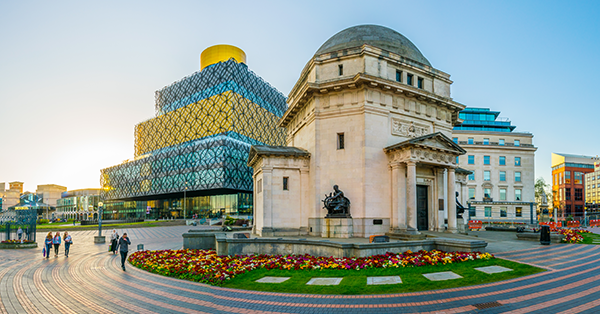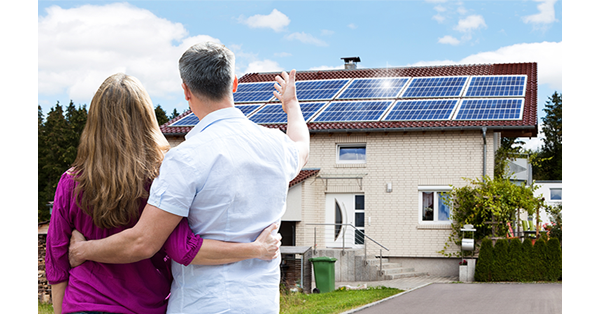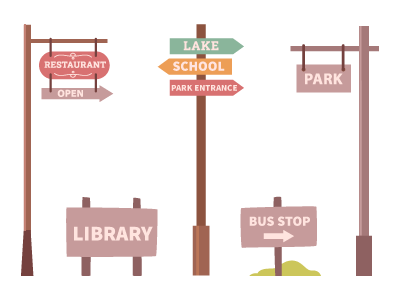How Safe is My Neighbourhood?
- Neighborhood safety is a team effort, starting with the residents and continuing with local councils, police, and the government.
- Top Tip: Google Street View is handy for getting a feel for an area before viewing. You can compare it to the photos on the estate agent’s website.
- An area with an active neighbour community watch scheme or other safety initiatives is often safer.
- Any neighbour disputes must be disclosed by the seller in the Property Information Form (TA6): a comprehensive document which covers a wide range of topics, from boundaries and rights of way to environmental matters.
When it comes to a home purchase, location is one of the key factors to consider, and while you may be able to renovate a property entirely, you cannot change its location.
It’s worth studying an area you’re interested in moving to—does it have crime? Are house prices dropping or increasing? What are the local schools like? There is a lot to weigh up when taking out a mortgage and purchasing a home.
Research the safety of your neighbourhood
There is more to safety than studying crime rates and figures, and many websites that allow you to view specific crime statistics by postcode or address don’t consider some fundamental features.
Police.uk allows you to enter your postcode, and you’ll be able to see the local police station and the number of crimes committed nearby.
Some aspects of an area that most people may consider a safety feature:
- Good street lighting at night.
- Low crime rate.
- Cycling lanes.
- A nearby fire station or police station.
- Suitably rated schools in the catchment area.
- Easy access to a GP surgery or hospital.
- Clean parks.

Community safety and security are a team effort, starting with the residents and continuing through local councils, police, and the government.
If you like statistics, the Office for National Statistics offers a neighbourhood summary report through its service, Nomis. There, you can find data and statistics relating to population, education, housing, and the national, regional, and local labour market.
You can use this to determine whether you'd like to live in a particular area, but again, take all data with a pinch of salt and use your best judgement above all.
Discover the local property prices
If you’re currently looking at a property, you’ll know the asking price, but it’s beneficial to understand how it compares to the rest of the local area.
A property search website like Zoopla or Rightmove can indicate the other home prices in a street or postcode location and the sold-for value history.
Get an idea of how much a property is really worth next to local comparables with our house offer calculator tool before you make an offer.
We specialise in helping buyers and sellers complete their transactions quickly, including guidance and support on protocol forms.
Run an online quote using the form below.
Fixed Fee | No Sale No Fee for Sellers (except auction and right to buy) | Fast Completions
Check planned building works and traffic noise
The government’s planning portal will have any nearby building developments listed. This can help prevent any potential surprises after you move in next door.
The portal is sufficient if you're just looking, but once your offer has been accepted you should order a planning report.
Search for your local council authority
They might also have their own planning portal, so it’s always a good idea to seek advice from them.
Additionally, something may have been built on the property you’re about to buy that did not have the correct planning permission, and you could be held accountable in legal action as the new or future owner.
There is also an official government traffic noise map for most parts of the UK, and again, to find it, you just need to enter a postcode.
Filters are available for a road, rail, and air report, so you can see if the property is in a flight path or if a train will pass by every 30 minutes.
Google Street View is also handy for getting a feel for an area before a viewing. You can compare it to the photos on the estate agent’s website.

School catchment areas
If you have a child, you’ll want to check the local schools and whether they are any good.
Primary and secondary schools will be able to provide information on their catchment areas so you can find out how far away you are or if you’re close enough to be placed in the school.
How to check neighbours before buying a house
Understanding the dynamics of the neighbours you’re about to live near is crucial, and here are some steps that you can take:
Visit the area
Spend some time in the area at different times of day, evening, and night. You can observe the activity level on certain roads, the condition of homes, and the overall vibe of your neighbours and neighbourhood.
Talk to residents
Speak with current neighbours in the area. You can gauge how friendly they are and ask for their perspective on life in the community, including any safety, crime, or security concerns.
If you're proceeding with buying a home, pop to the next-door neighbours and ask for feedback on the area. This can give you valuable insight into who you'll live next to.
Check online resources
We covered this above, but police and statistics websites can offer detailed safety information for properties in specific areas. This can give you a clearer picture of how safe your potential new home is around the neighbours.
Look at social media and forums
Local Facebook groups and online forums might discuss community issues and life, including safety and community events.
How safe is my street?
An area with an active community watch scheme or other safety initiatives is often safer. These programmes can foster the relations and cooperation between residents and local law enforcement.
Well-maintained property on the street can also indicate safety and security, but neglected homes and public areas might suggest underlying issues.
If you are looking for some ways to improve your personal safety, the following can help:
- Protect yourself and your family – be cautious when walking alone, especially at night, and equip yourselves with personal safety devices such as alarms or pepper spray.
- Protect your house – you could adopt a vocal dog, install a home security alarm system or get a smart doorbell.
- Use common sense – always lock your doors, don’t sleep with windows open, and don’t display any valuables visible through windows.
Crime rate directly affects your home insurance premiums too, which is another aspect to consider when thinking about your financials.
Do you have to declare bad neighbours when selling a house?
Transparency is not just a courtesy; it’s a legal requirement in the UK. Sellers must disclose certain information about their property and neighbourhood by completing the Property Information Form (TA6).
This form includes details of any disputes with neighbours, and failure to declare these issues can lead to legal consequences if the buyer later finds out about undisclosed problems.

The legal responsibility
The Property Information Form (TA6) is a comprehensive form that covers a wide range of subjects, from boundaries and rights of way to environmental matters and any disputes with neighbours.
The section on neighbour disputes asks if there have been any formal or informal neighbour complaints, and this must be answered completely truthfully as any false information can lead to legal repercussions.
Under The Consumer Protection from Unfair Trading Regulations 2008 (CPRs), sellers must not withhold information that could influence a buyer’s decision to purchase a property.
This includes significant issues with neighbours such as noise complaints, anti-social behaviour, or any ongoing legal disputes with neighbours. Failure to comply with the regulations can result in penalties, fines, and compensation claims.
Best practice for sellers
Being aware of your obligations when selling a property ensures a smooth and transparent transaction.
- Be honest and transparent on the TA6 form.
- Seek legal advice from a conveyancing solicitor.
- Document everything.
Need help selling your property?
We can handle the details of your conveyancing and help you fill in all the forms so that you can complete a successful sale quickly and hassle-free.
Jack is our resident Content Writer with a wealth of experience in Marketing, Content, and Film. If you need anything written or proof-read at a rapid speed and high quality, he's your guy.
Caragh is an excellent writer and copy editor of books, news articles and editorials. She has written extensively for SAM for a variety of conveyancing, survey, property law and mortgage-related articles.









